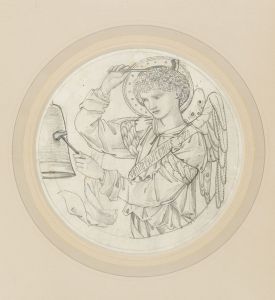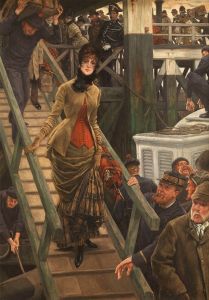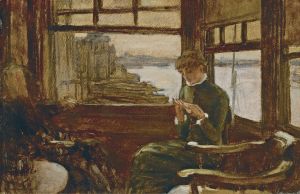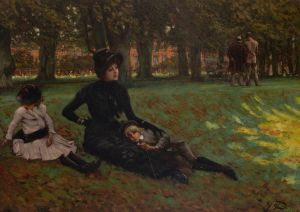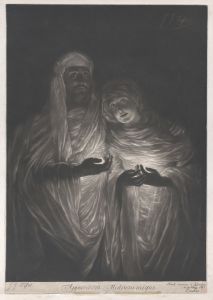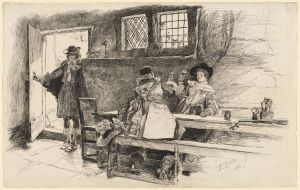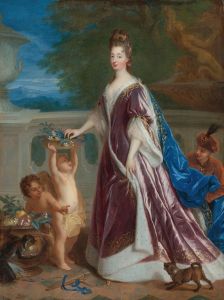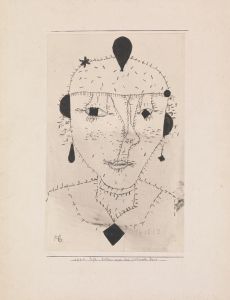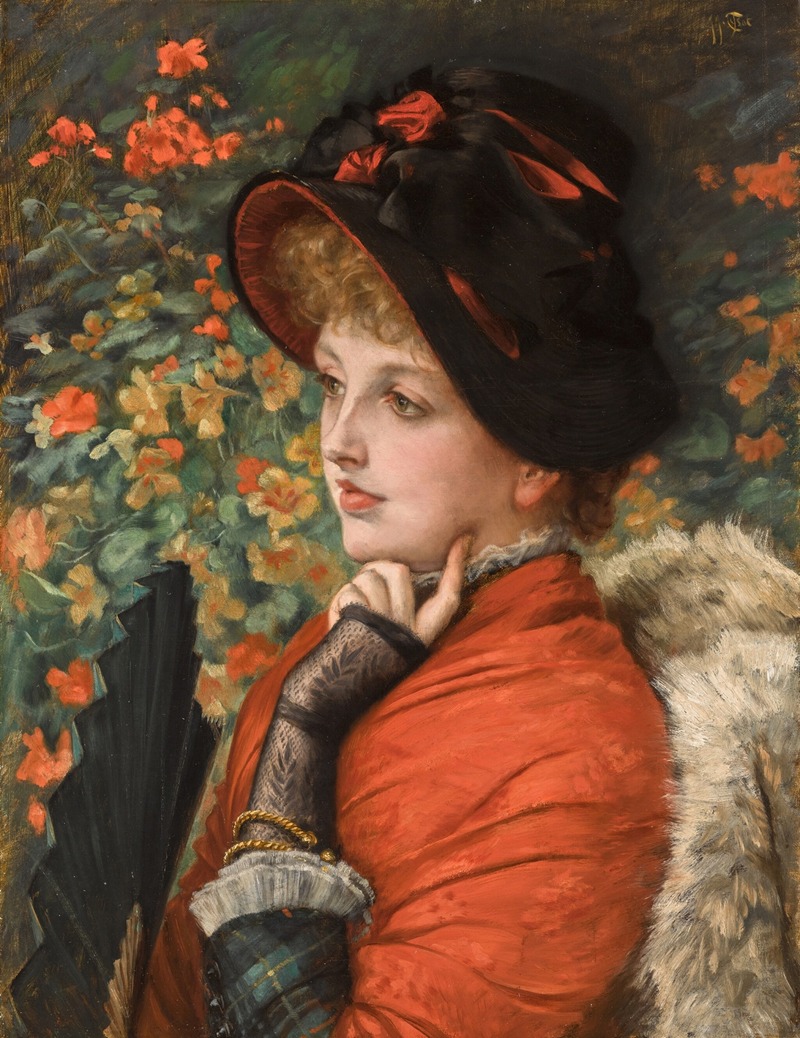
Type of Beauty; Portrait of Mrs. Kathleen Newton
A hand-painted replica of James Tissot’s masterpiece Type of Beauty; Portrait of Mrs. Kathleen Newton, meticulously crafted by professional artists to capture the true essence of the original. Each piece is created with museum-quality canvas and rare mineral pigments, carefully painted by experienced artists with delicate brushstrokes and rich, layered colors to perfectly recreate the texture of the original artwork. Unlike machine-printed reproductions, this hand-painted version brings the painting to life, infused with the artist’s emotions and skill in every stroke. Whether for personal collection or home decoration, it instantly elevates the artistic atmosphere of any space.
"Type of Beauty; Portrait of Mrs. Kathleen Newton" is a painting by the French artist James Tissot, created in the late 19th century. James Tissot, born Jacques Joseph Tissot on October 15, 1836, in Nantes, France, was a renowned painter and illustrator known for his detailed and realistic style. He spent much of his career in England, where he became famous for his depictions of fashionable society.
The subject of this painting, Kathleen Newton, was an Irish woman who became Tissot's muse and companion. Born Kathleen Irene Ashburnham on May 9, 1854, she led a life marked by personal tragedy and societal challenges. Kathleen married Dr. Isaac Newton in 1870, but the marriage was short-lived, and she returned to England, where she met Tissot in 1876. Their relationship was unconventional for the time, as they lived together without being married, which was considered scandalous by Victorian standards.
"Type of Beauty; Portrait of Mrs. Kathleen Newton" captures Kathleen in a moment of serene contemplation. Tissot's meticulous attention to detail is evident in the delicate rendering of her features and the luxurious fabrics of her attire. The painting exemplifies Tissot's ability to blend realism with a sense of intimacy and personal connection to his subject.
Kathleen Newton's influence on Tissot's work was profound. She appeared in numerous paintings by the artist, often depicted in domestic settings that conveyed a sense of tranquility and refinement. Tissot's portrayal of Kathleen was not just a reflection of her physical beauty but also an expression of his deep affection for her. This emotional connection is palpable in the way he captured her likeness, imbuing his works with a sense of warmth and tenderness.
The painting is also notable for its composition and use of light. Tissot's skillful manipulation of light and shadow creates a three-dimensional effect, bringing Kathleen's figure to life. The soft, diffused light enhances the delicate textures of her skin and clothing, adding to the overall sense of realism.
James Tissot's career was marked by his ability to capture the essence of his subjects with precision and sensitivity. His works provide a window into the social and cultural milieu of the late 19th century, offering insights into the lives and fashions of the time. "Type of Beauty; Portrait of Mrs. Kathleen Newton" is a testament to Tissot's artistic prowess and his deep personal connection to his muse.
Kathleen Newton's life was tragically cut short when she succumbed to tuberculosis on November 9, 1882, at the age of 28. Her death had a profound impact on Tissot, who withdrew from society and eventually returned to France. Despite the brevity of their time together, Kathleen's presence in Tissot's life left an indelible mark on his art, and her legacy endures through the paintings that immortalize her beauty and spirit.
Today, "Type of Beauty; Portrait of Mrs. Kathleen Newton" is celebrated as one of James Tissot's masterpieces, exemplifying his technical skill and emotional depth. The painting continues to be admired for its exquisite detail and the poignant story behind its creation, offering viewers a glimpse into the artist's world and the enduring power of his muse.





